As a loving dog owner, ensuring your pup’s safety and comfort is a top priority—especially when it comes to their walking gear. One of the most common questions dog owners ask is: Should I use a collar or a harness for my dog?
Both options have their benefits, but choosing the right one depends on your dog’s size, breed, behavior, and walking habits. In this guide, we’ll break down the pros and cons of dog harness vs collar, when to use each, and how to pick the best fit for your furry friend.

Dog Harness VS Collar: The Key Differences
Before diving into which is safer, let’s start with the basics. A collar is a strap that goes around a dog’s neck, typically used to hold ID tags and attach a leash. A harness, on the other hand, wraps around the dog’s chest and back, distributing pressure more evenly across the body.
Both serve different purposes, and understanding their unique features can help you determine whether a harness is better than a collar for a dog and make the right choice.
The Pros and Cons of Dog Harnesses
✅ Pros of Dog Harnesses
✔ Evenly Distributes Pressure – Unlike collars, harnesses reduce strain on your dog’s neck by spreading pressure across the chest and shoulders.
✔ Better Control Over Pulling – No-pull harnesses are designed to discourage pulling, making them ideal for dogs that get excited on walks.
✔ Safer for Small & Flat-Faced Breeds – Dog Harnesses prevent neck strain and breathing issues in delicate breeds.
✔ Great for Active Dogs – If your dog loves hiking, running, or adventure walks, a harness provides better security and comfort.
✔ Reduces the Risk of Escaping – A properly fitted harness makes it harder for dogs to slip out and run off.
❌ Cons of Dog Harnesses
✖ Takes Longer to Put On – Some harnesses require more effort to put on compared to a simple collar.
✖ Can Be Hot in Warm Weather – Depending on the material, a harness may cause overheating, especially for long-haired dogs.
✖ Needs Proper Fit – An ill-fitting harness can cause chafing or discomfort if not adjusted correctly.
The Pros and Cons of Dog Collars
✅ Pros of Dog Collars
✔ Convenient – Dog collars are easy to put on and remove, making them ideal for everyday wear.
✔ Holds Identification Tags – Your dog’s ID tags attach easily to a collar, ensuring they’re identifiable if they ever get lost.
✔ Great for Well-Trained Dogs – If your dog walks calmly on a leash without pulling, a collar can be a simple and effective choice.
✔ Various Styles Available – From flat collars to martingale collars, there are plenty of stylish and functional options.
❌ Cons of Dog Collars
✖ Puts Pressure on the Neck – If a dog pulls or lunges, a collar can strain their neck and trachea, leading to potential injury.
✖ Not Ideal for Small Breeds – Small dogs, especially those with delicate necks (like Chihuahuas or Yorkies), are more vulnerable to tracheal collapse from collars.
✖ Not Recommended for Brachycephalic Breeds – Breeds with short noses, like Pugs and French Bulldogs, may struggle to breathe properly if they wear a collar.
Harness VS Collar: Which One Is Safer?
When it comes to safety, a harness is generally the better option, especially for small dogs, dogs that pull, and those prone to neck injuries. However, collars still have their place for well-trained dogs who don’t pull on the leash.

When to Use a Collar
- If your dog is calm and well-trained on a leash.
- If you need a convenient way to keep ID tags on your dog at all times.
- For quick potty breaks or low-energy strolls.
When to Use a Harness
- If your dog pulls on the leash or needs training.
- If your dog is small, brachycephalic, or prone to neck injuries.
- For long walks, hikes, or active outdoor adventures.
- If your dog is an escape artist who can slip out of a collar.
Types of Dog Harnesses & Collars
Best Types of Dog Harnesses
- Step-In Harness – Ideal for small dogs and quick wearability.
- No-Pull Harness – Features a front-clip design to discourage pulling.
- Back-Clip Harness – Comfortable for well-trained dogs who don’t pull.
- Dual-Clip Harness – Provides flexibility with both front and back leash attachments.
Best Types of Dog Collars
- Flat Collar – The most common, everyday-use collar.
- Martingale Collar – Prevents slipping, ideal for Greyhounds and dogs with narrow heads.
- Breakaway Collar – Designed for safety, allowing the collar to release if it gets caught on something.

How to Choose the Right Harness or Collar for Your Dog
Factors to Consider
🔹 Size & Breed – Small dogs and brachycephalic breeds do best with harnesses, while large, calm dogs may be fine with collars.
🔹 Behavior & Training – If your dog pulls or lunges, a no-pull harness is a safer choice.
🔹 Activity Level – For daily walks, a harness provides better security and control.
🔹 Comfort & Fit – Ensure a snug but comfortable fit to prevent chafing or restriction.
Measuring Your Dog for the Perfect Fit
- For a Collar – Measure around the base of your dog’s neck and leave space for two fingers to fit underneath.
- For a Harness – Measure around the chest (behind the front legs) and the lower neck. Adjust straps to ensure a snug but comfortable fit.
Final Verdict: Harness or Collar?
If safety is your main concern, a harness is the best option for most dogs, especially those prone to pulling, neck injuries, or breathing issues. However, a collar is still useful for ID tags and short walks with well-trained dogs.
For the best of both worlds, you can use both a collar and a harness—keep an ID tag collar on your dog at all times and use a harness for walks.
Recommended Product: 🌟 Step-In No-Pull Harness
Looking for a safe, stylish, and comfortable harness? Our Step-In No-Pull Harness is designed for maximum comfort, security, and style—perfect for small to medium dogs who need extra support!
👉 Shop Now and give your dog the best walking experience!
Conclusion
Choosing between a dog collar and a harness doesn’t have to be a difficult decision. It all comes down to your dog’s needs, comfort, and safety.
✔ For training and safety? A designer dog harness is the way to go.
✔ For everyday wear and ID tags? A dog collar works well.
✔ For ultimate security? Use both!
What does your dog prefer—a collar or a harness? Let us know in the comments! 🐶💕










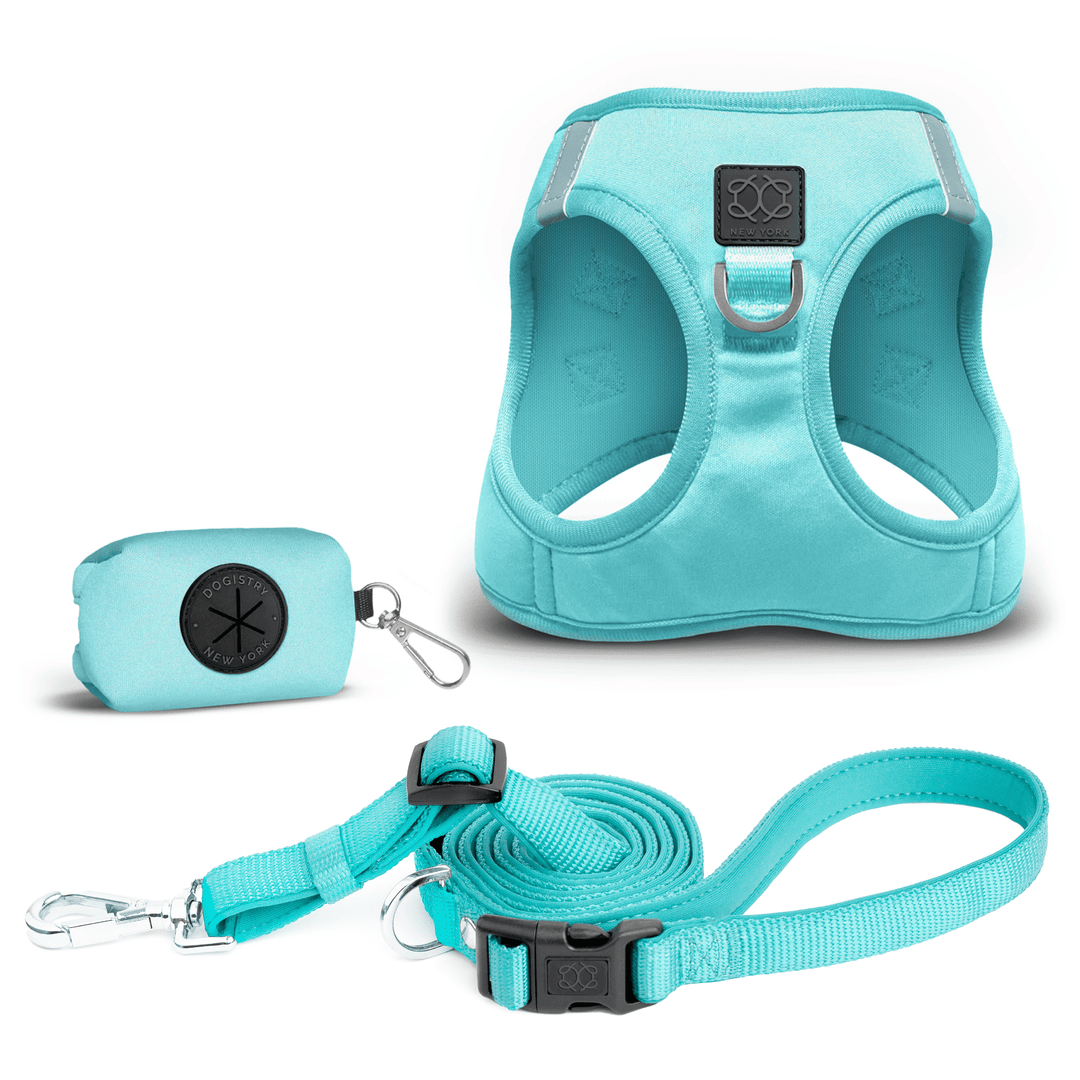
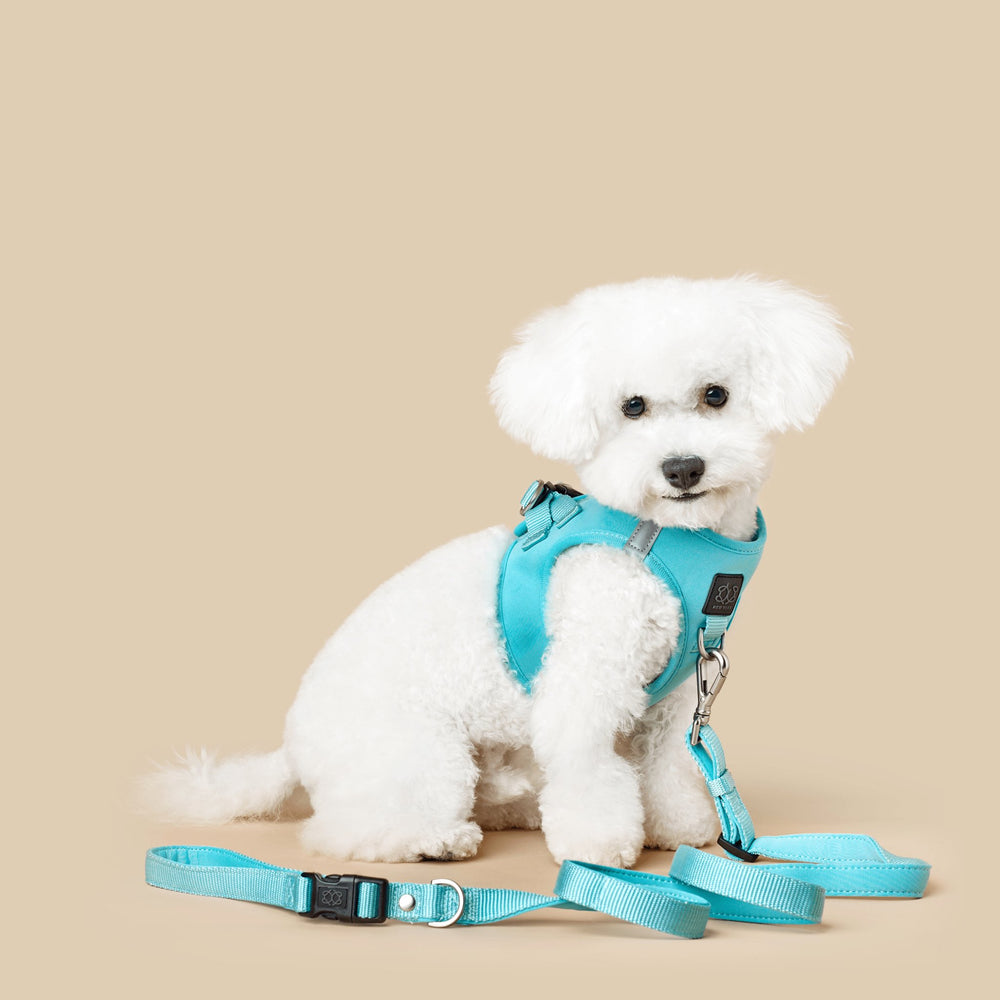
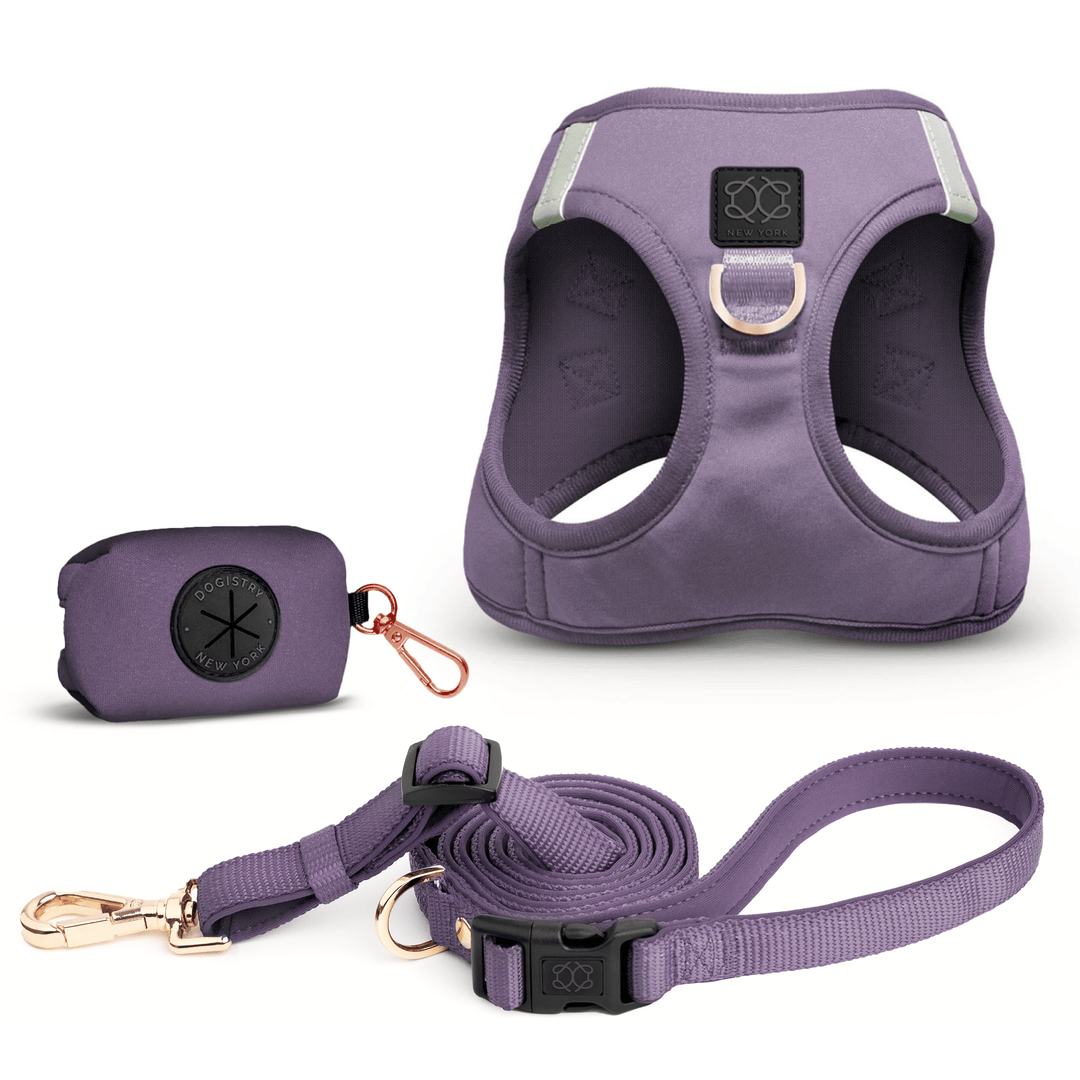
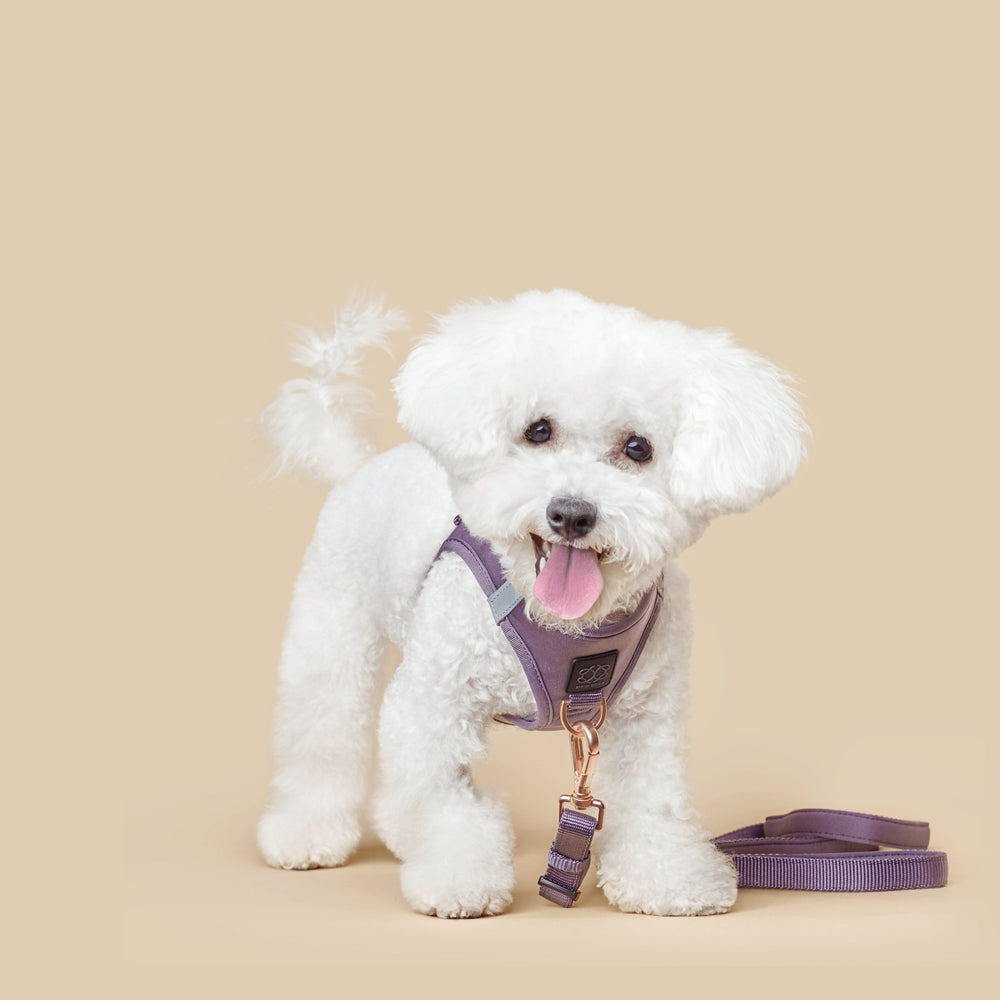
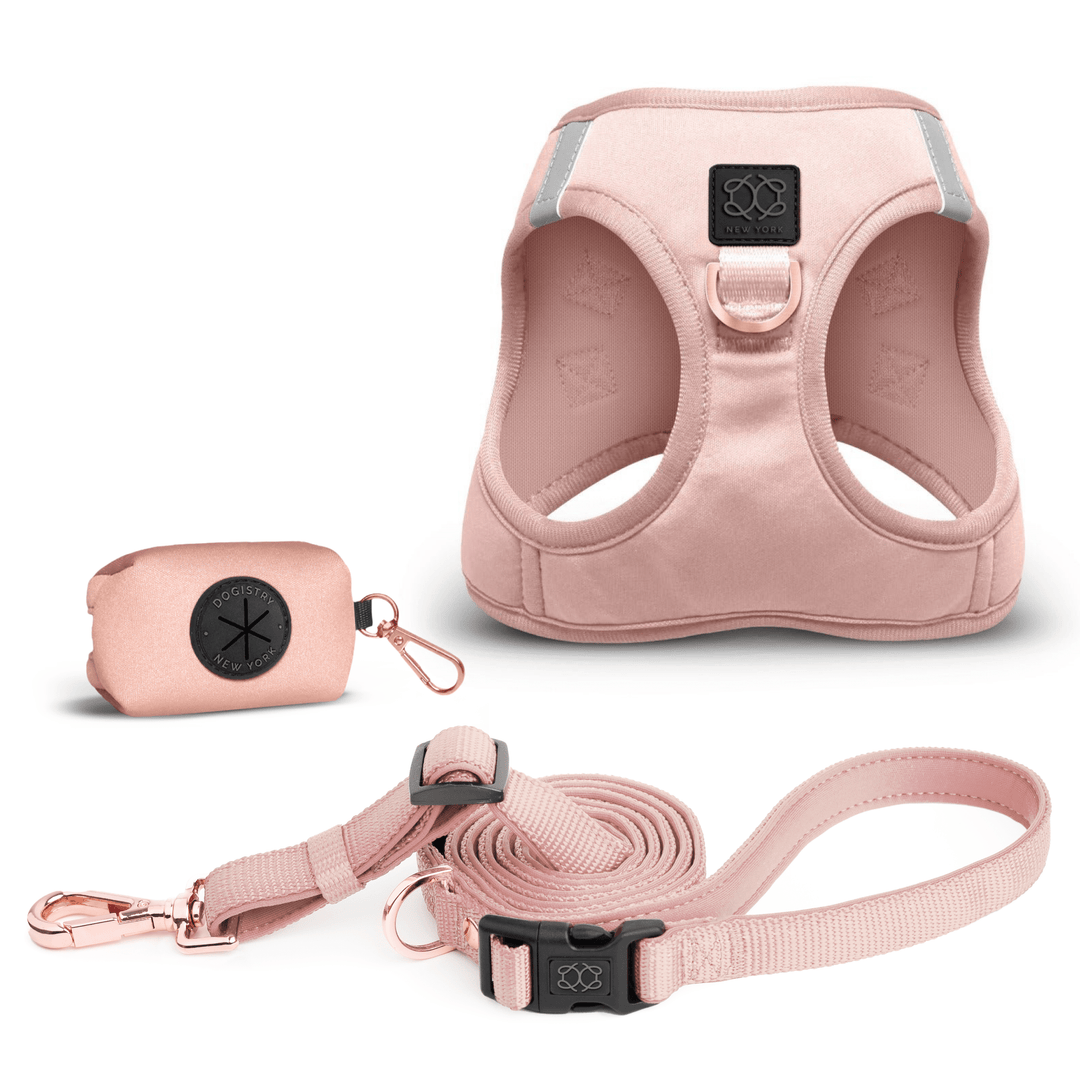
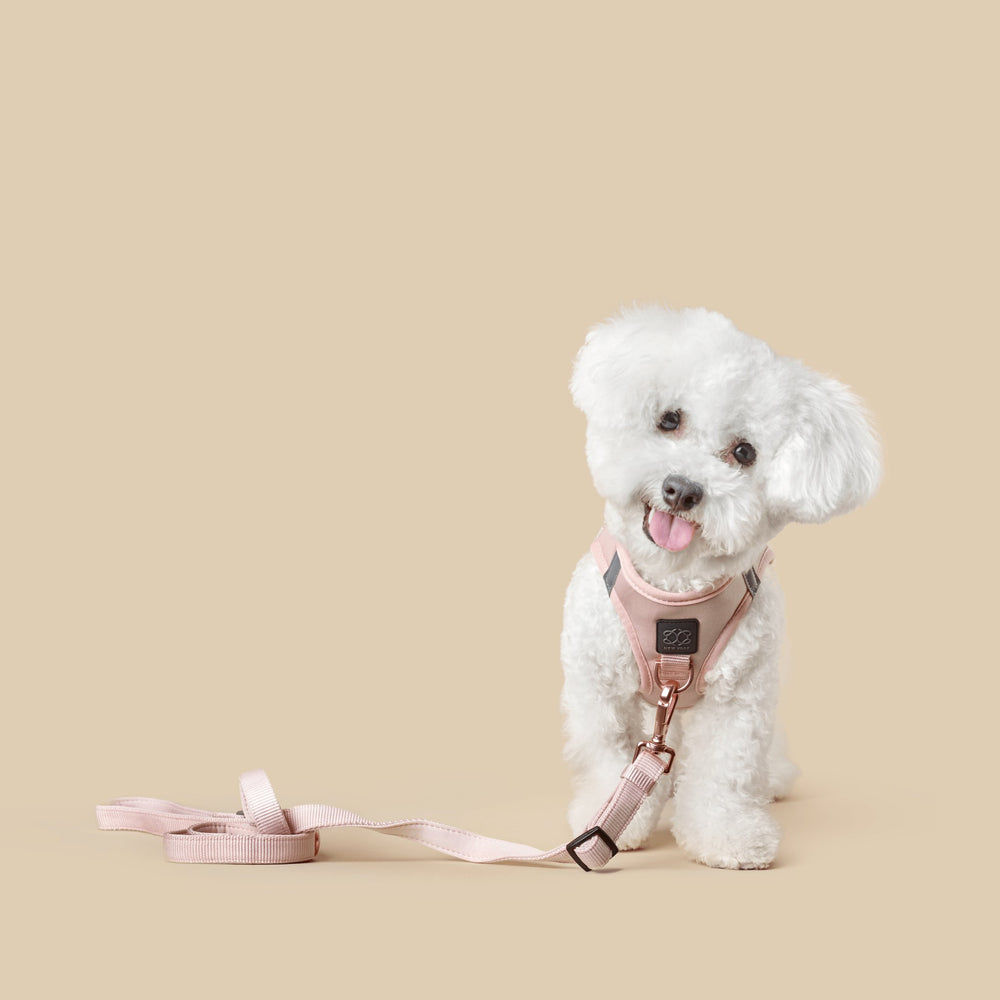


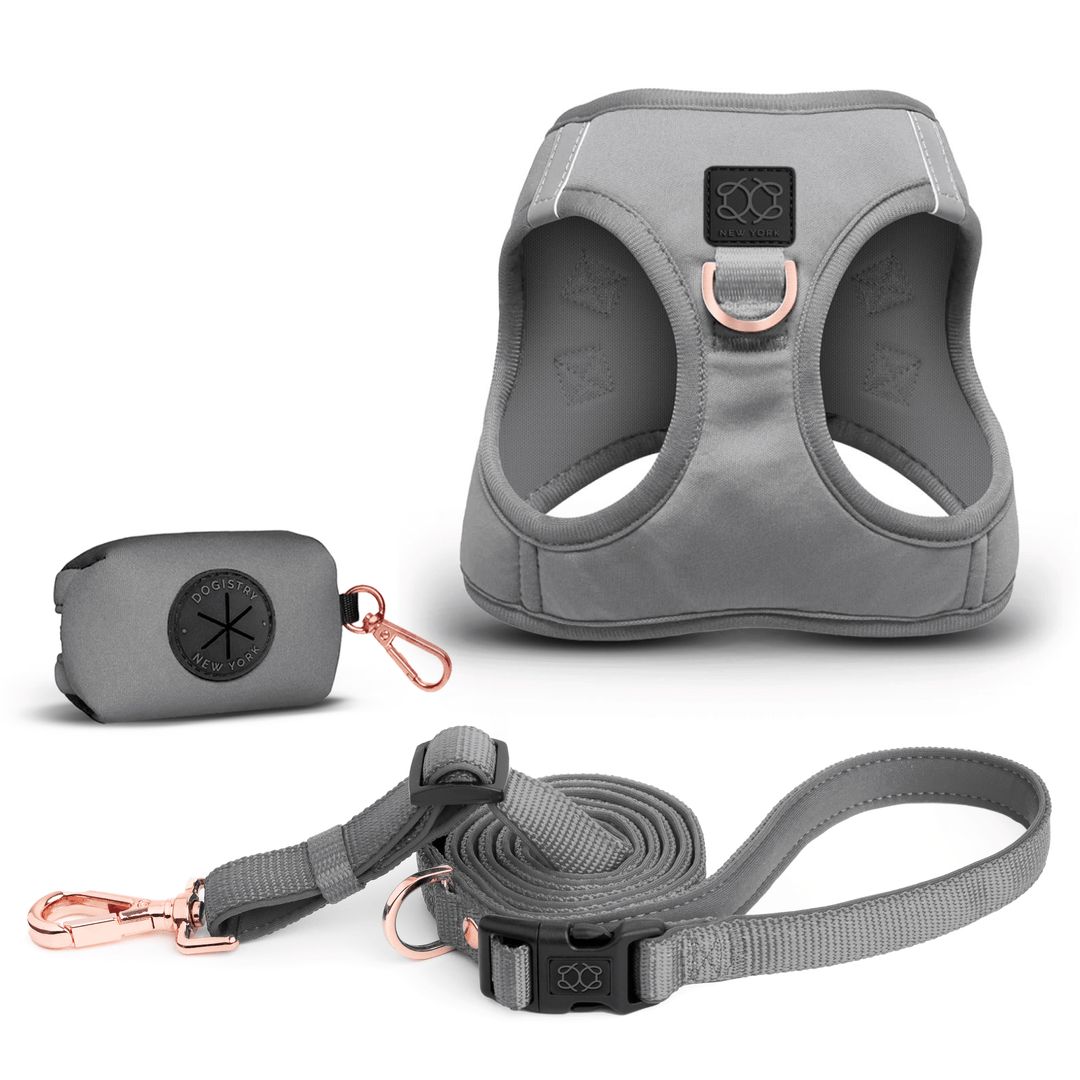
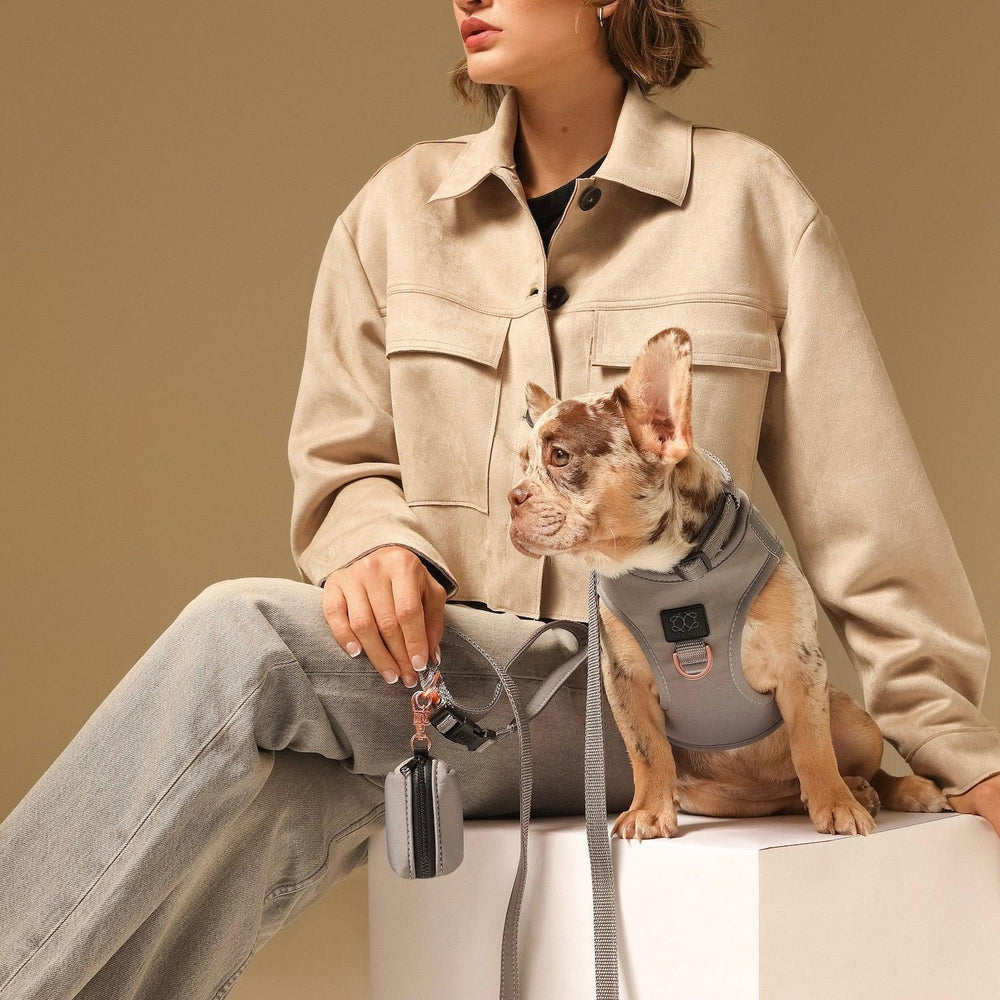


Leave a comment